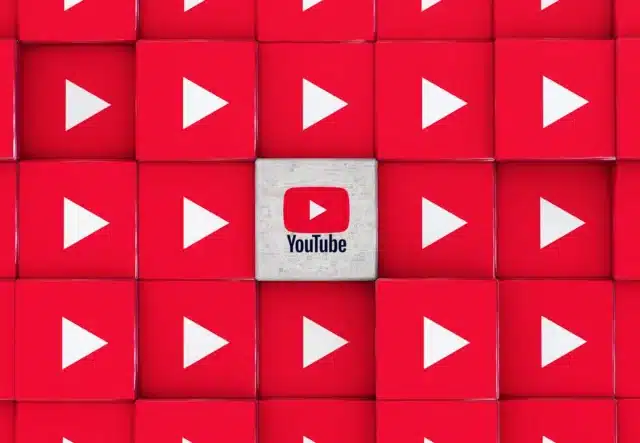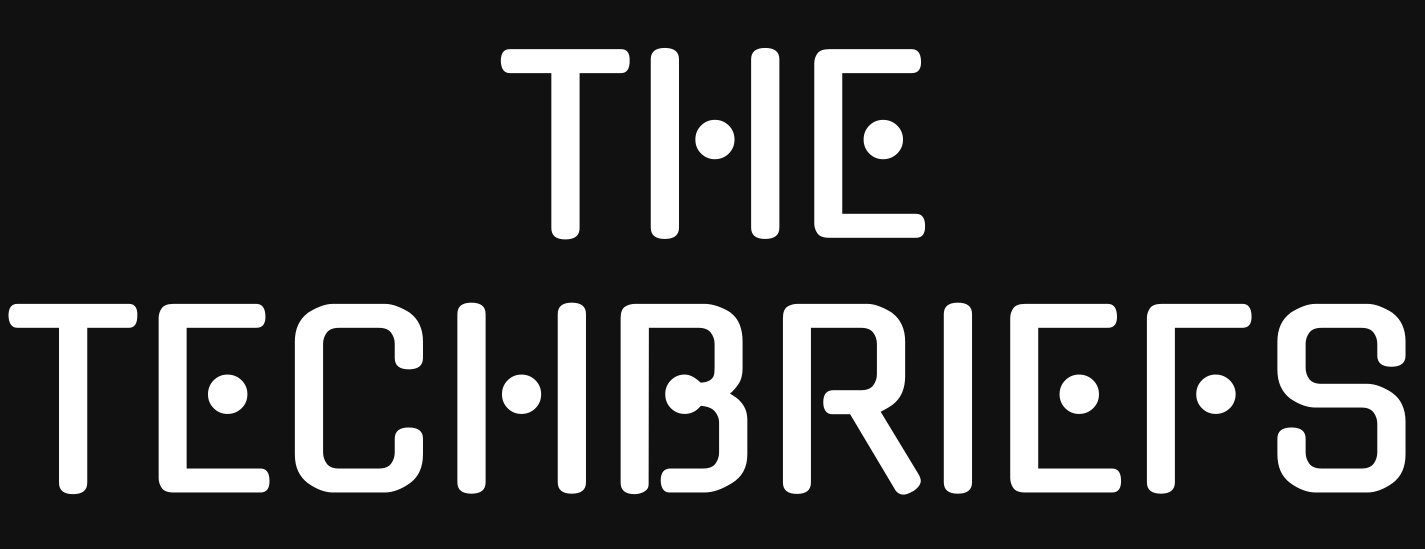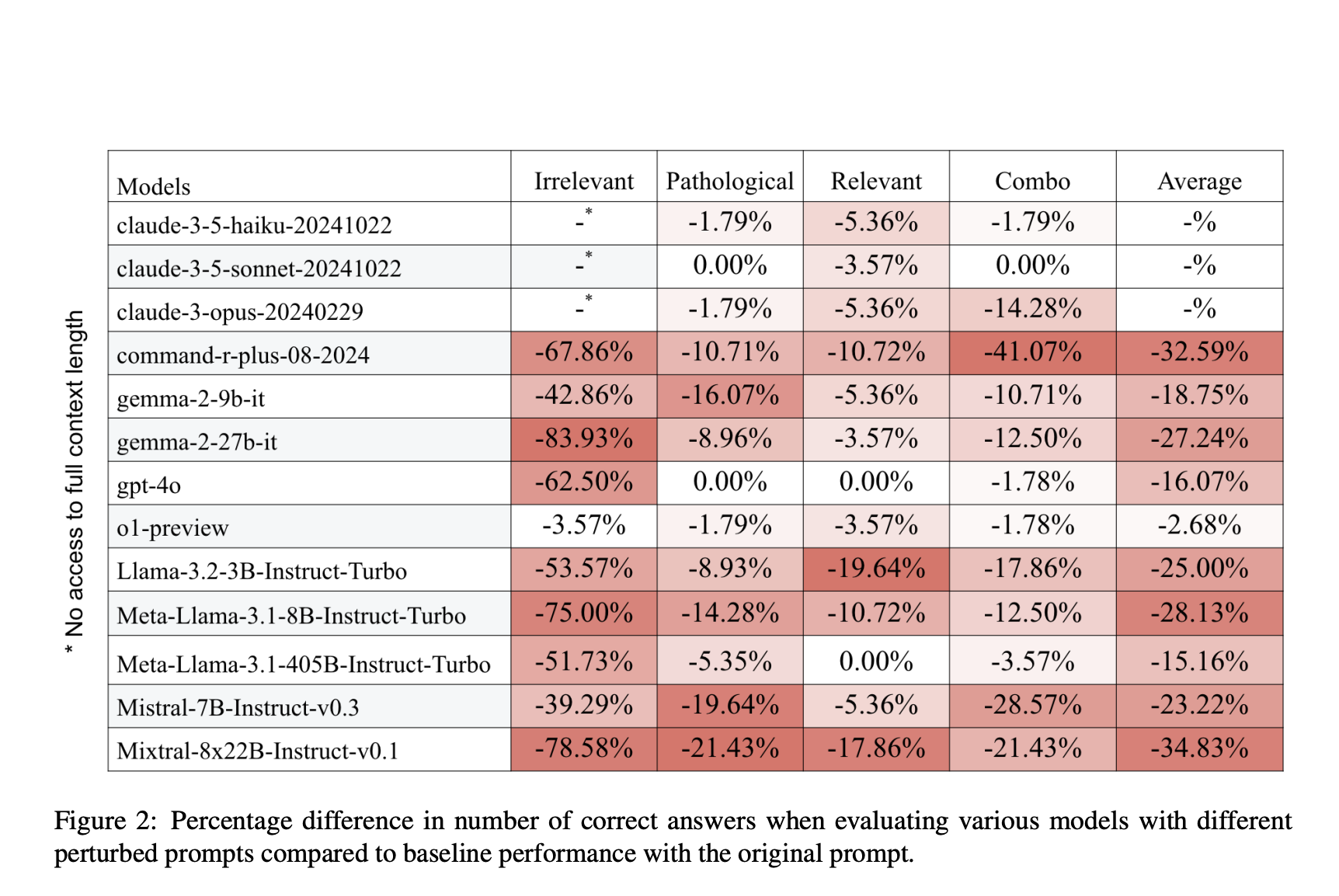
YouTube has become overrun with mass-produced content generated by artificial intelligence. Known as AI slop, such content has spread cancerously across the video platform as pseudo creators seek to make a quick buck.
Now Google has had enough. Seeking to de-incentivize the creation of such content, it is updating YouTube policies so that it will be much more difficult to make money from AI slop.
In a message posted to the YouTube Help Center, Google says:
[July 2025] Updates to YouTube Partner Program (YPP) Monetization policies: In order to monetize as part of the YouTube Partner Program (YPP), YouTube has always required creators to upload “original” and “authentic” content. On July 15, 2025, YouTube is updating our guidelines to better identify mass-produced and repetitious content. This update better reflects what “inauthentic” content looks like today.
While full details of what the changes will entail and what the precise wording will be are not yet known, there have been a mixture of celebration and concern at the upcoming policy update. YouTube users who have been frustrated by the proliferation of surreal, AI-generated rubbish are delighted, but creators have voiced concern that they could be affected negatively.
Such is the concern, that YouTube’s Head of Editorial and Creator Liaison, Rene Ritchie, posted a video to the YouTube Insider channel to try to allay fears:
He explains that the changes to policy are actually quite minor, pointing out that making money from mass-produced or repetitive videos (i.e. AI slop) has not been eligible for monetization for some time. What the policy change is designed to do is to improve YouTube’s ability to successfully identify such content.
If you’re seeing posts about a July 2025 update to the YouTube Partner Program monetization policies and you’re concerned it’ll affect your reaction or clips or other type of channel. This is a minor update to YouTube’s long-standing YPP policies to help better identify when content is mass-produced or repetitive.
While much of the AI slop that appears on Youtube is harmless nonsense, there are also plenty of video that fall into this category that are more worrying. AI is used to generate fake news videos, or to present a false narrative about real events. This is likely to be the main concern for YouTube rather than the growth of AI cats singing songs.
The changes are due to come into effect on July 15, so there is not long to wait now.
It remains to be seen if the policy update is as effective as YouTube hopes it will be. It will take time to determine whether the new guidelines serve as a deterrent to publishing “inauthentic” videos, or whether they are now so quick and easy to produce that those posting them will continue to do so in the hope that they evade detection.
We are likely to see a new breed of AI slop in the coming months as demonetization is always a big incentive to find ways to circumvent the rules.
Image credit: bilalulker / depositphotos



